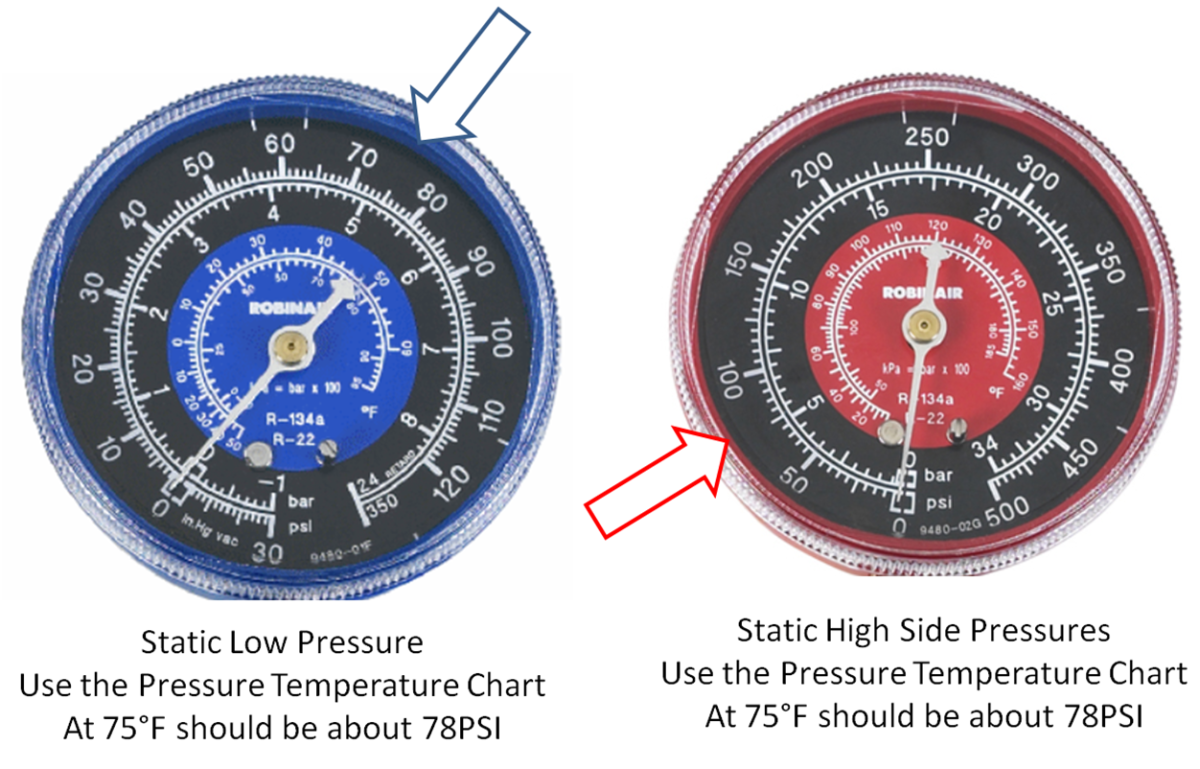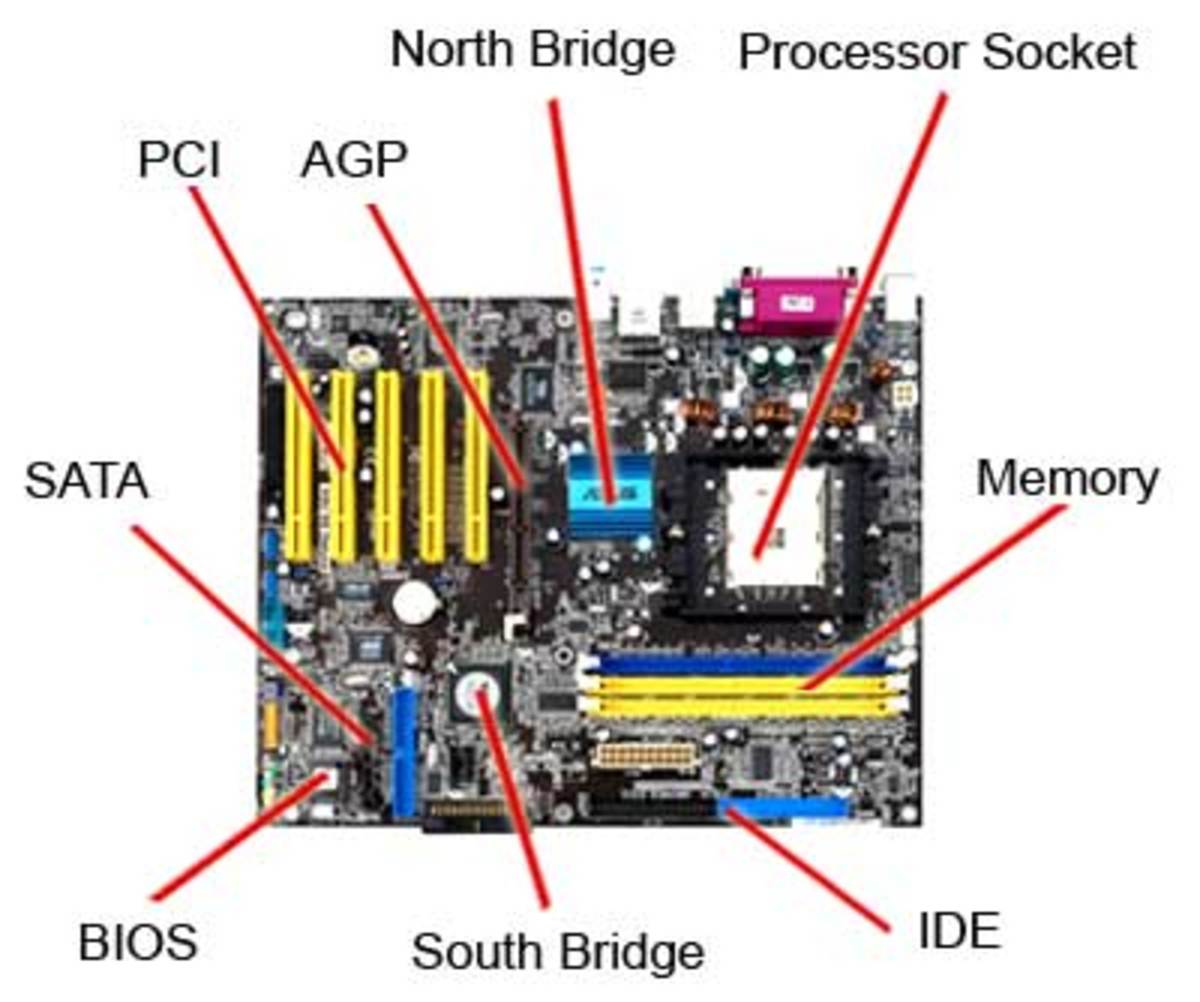HFC-152info

The Essay
HFC-152a
Currently government research is exposing that HFC-134a is much more hazardous than previously believed. Many other alternatives are available. Some of these alternatives are flammable. One mildly flammable alternative is HFC-152a. This alternative has many advantages, and disadvantages.
This refrigerant is similar in performance to current refrigerants on the market. This refrigerant shows properties that help reduce leakage. HFC-152a has larger molecules which help to reduce leakage. Simply explained, the larger molecules of HFC-152a require larger gaps in the sealed HVAC system to escape. The larger whole needed means that the system can wear for a longer time until leaks can occur.
Less refrigerant is needed to charge a HFC-152a system. Research shows that this system takes up to 35% less refrigerant to operate than current refrigerant used in HVAC systems. This is a benefit in many ways. With less refrigerant there is a reduction of cost of buying the excess refrigerant of other systems.
Emissions are also greatly effected this new refrigerant. There is a major 95% reduction in direct refrigerant emissions. This means there is less refrigerant being vented into the atmosphere. This refrigerant also effects vehicle emissions. It decreases vehicle emissions by 10% by reducing fuel consumption needed to run the HVAC system.
HFC-152a is also a viable combatant of the rising cost of HFC-134a. The demand for HFC-134a has risen while the supply has kept the same. Therefore while HFC-134a is experiencing a price increase HFC-152a is staying constant and offering an escape for customers and shops away from the rising costs of HFC-134a.
There are also negative aspects to the changing of refrigerants. Changing air conditioning systems to HFC-152a would pose minor problems. One of the problems is the issue of the flammability of the proposed refrigerant. Being a flammable refrigerant exposes the risk of explosion during accidents. A means to control such explosion is still being researched and there is no information readily available.
Another negative aspect is the change of infrastructure to accept a new refrigerant. All the shops that are currently set up with HFC-134a equipment must have replacements. All current vehicles must be updated and retrofitted to accept new refrigerant. This will all take much capital which is in tight supply in the current economic situation.
There are many different ideas on how to curb refrigerant emissions and make HVAC systems more efficient. HFC-152a is a viable alternative with few drawbacks. It is cheaper, less apt to leak, and takes less to fill a system. The few drawbacks include the cost of conversion and the flammability of the refrigerant.
Works Cited
Works Cited
Dwiggins, Boyce H. Automotive Air Conditioning. 8th ed. Albany: Thompson Learning, 2002. Print.
Hill, William R. "HFC152a as the Alternative Refrigerant." General Motors Corporation, 11 Feb. 2003. Web. 9 Apr. 2012. <http://ec.europa.eu/environment/archives/mac2003/pdf/hill.pdf>.






